Safety Protocols For People With Disabilities During A Hurricane
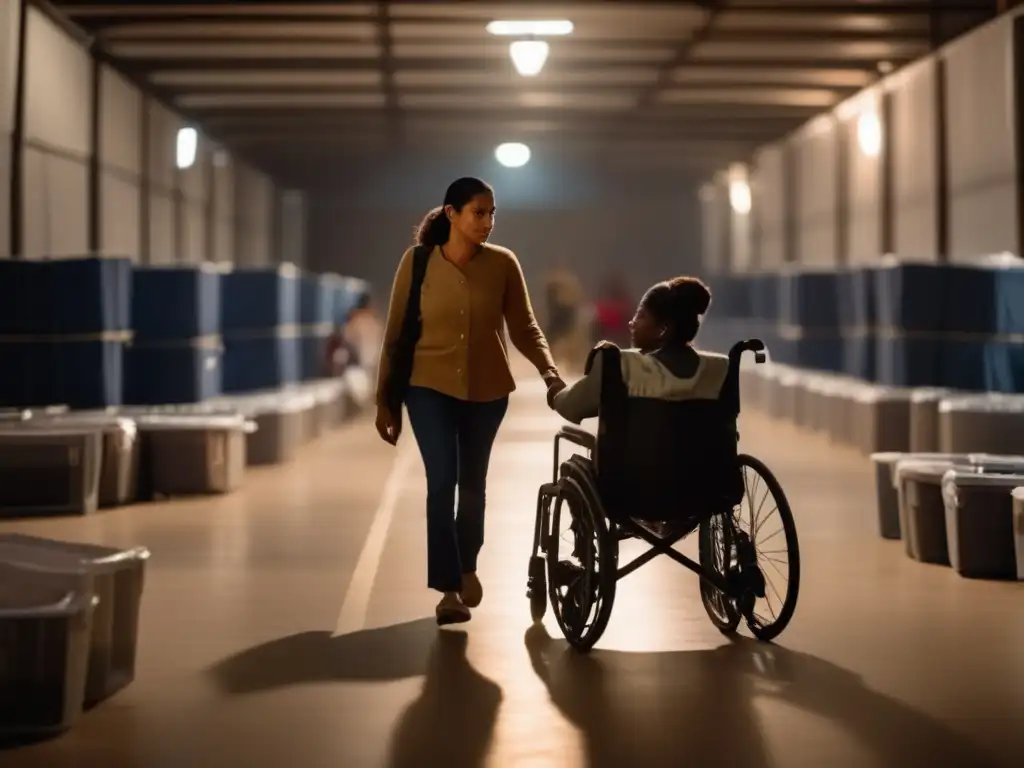
Safety Protocols for People with Disabilities During a Hurricane
Introduction
Living in areas that are prone to hurricanes can be challenging, especially for people with disabilities. The unpredictable nature of hurricanes can make it difficult for people with disabilities to prepare and evacuate. In addition, the severe weather conditions that come with hurricanes can exacerbate existing disabilities and create new ones. Therefore, it is imperative that people with disabilities have proper safety protocols in place to ensure their safety during a hurricane. In this article, we will discuss important safety protocols for people living with disabilities during a hurricane.
Preparing for a Hurricane
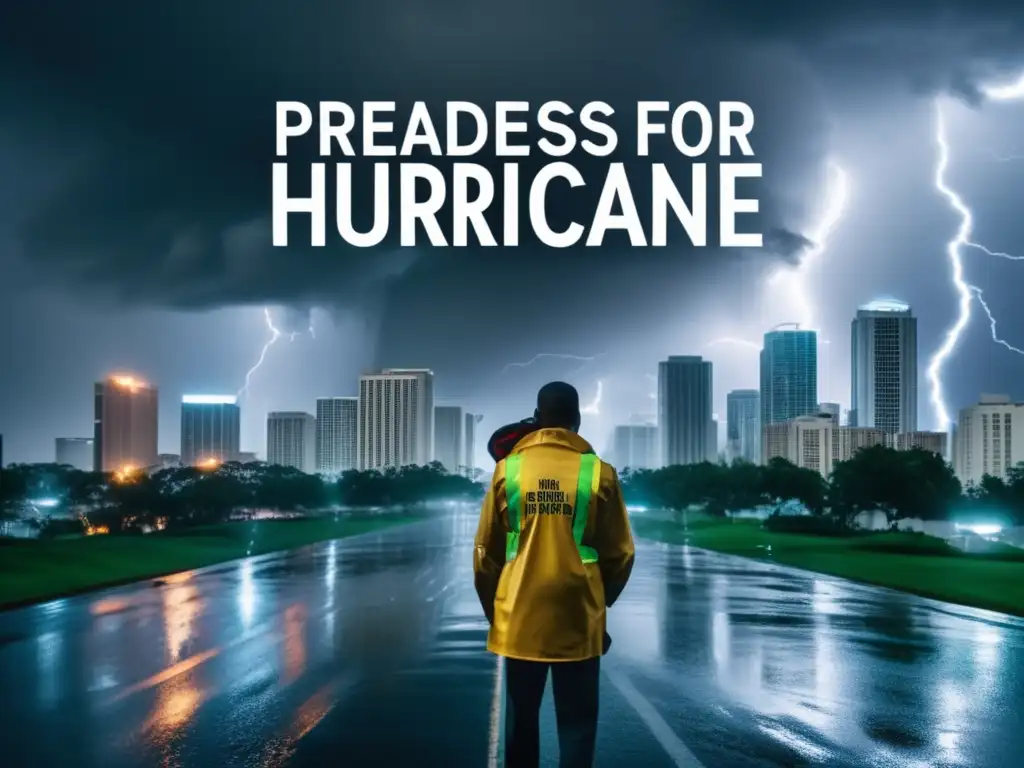
Create a Plan
Creating a plan is vital for people with disabilities as it helps them prepare for a hurricane and deal with the aftermath. The plan should include the following information:
- Emergency contact numbers;
- The location of nearby shelters that accommodate people with disabilities;
- Essential medical supplies and equipment needed during an emergency;
- A list of medications and dosages and the name and contact information of the primary care physician.
Evacuation Plan
If you live in an area that is prone to hurricanes, make sure to have an evacuation plan in place. For people with disabilities, evacuation planning involves determining the safest mode of transportation and destination. It is essential to plan ahead for transportation needs and have a backup plan in case of emergencies. If you or someone you know has mobility, vision, or hearing impairment, consider reaching out to the local emergency management office for assistance in evacuation planning.
Prepare Your Home for the Storm
Ensuring that your home is safe and secure during a hurricane is crucial. Take the following steps to prepare your home:
- Trim trees and bushes around your home;
- Secure loose items outside the house that can become projectiles during the storm;
- Install weather-resistant windows and doors;
- Reinforce garage doors, roofs, and shutters;
- Consider investing in a backup generator.
During a Hurricane
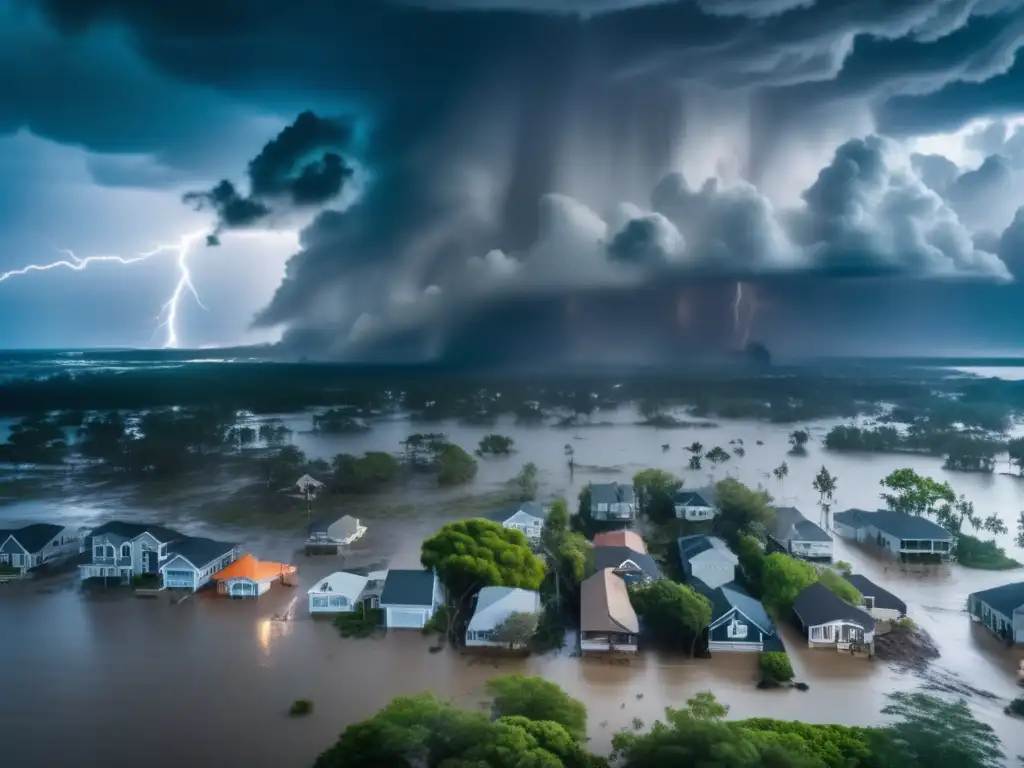
Stay Informed
Stay informed by listening to the latest weather updates on the radio or TV. If you have access to the internet, check local news websites for updates. You may also receive alerts from local government agencies or emergency management offices.
Stay Put
In most cases, it is safer to stay put during a hurricane. Stay indoors and away from windows, skylights, and glass doors. If possible, move to an interior room or a designated safe room.
Power Outages
Power outages are common during a hurricane. If you are using a backup generator, make sure to follow proper safety protocols to prevent carbon monoxide poisoning. Do not attempt to use a generator indoors as it can be deadly.
After a Hurricane
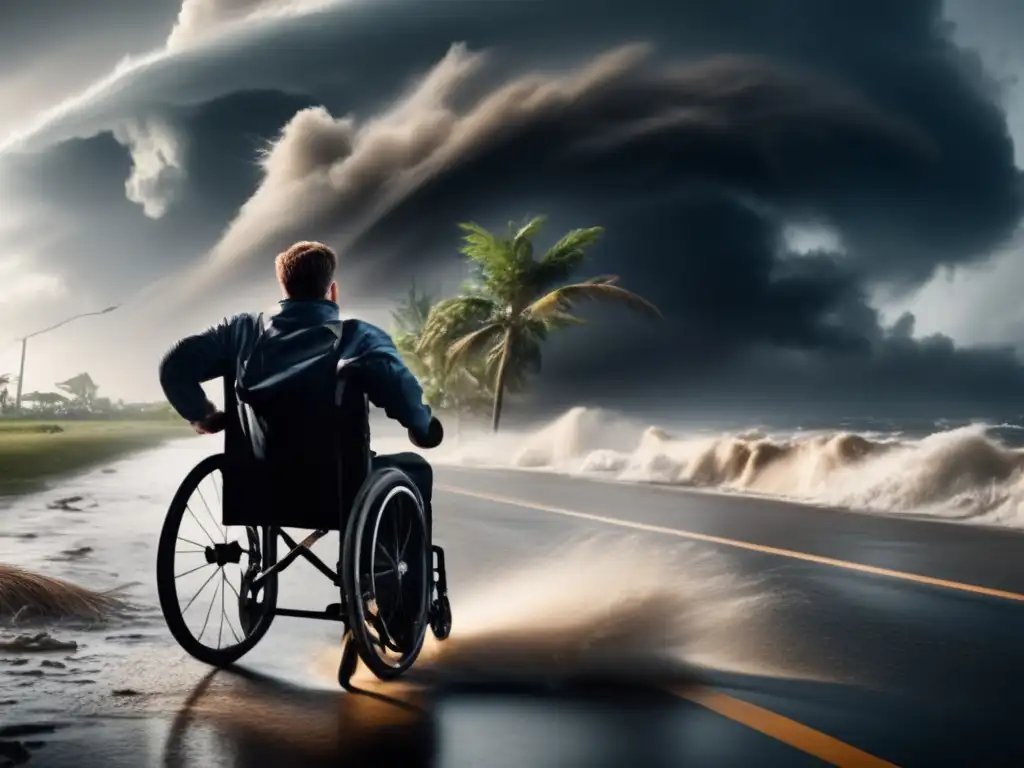
Be Cautious
After the hurricane has passed, be cautious when walking or moving around your home. Watch out for debris, fallen power lines, and other hazards. If you come across any downed power lines, stay at least ten feet away and report it to the authorities.
Contact Your Insurance Company
If your home or property has been damaged during the storm, contact your insurance company as soon as possible. Take photos of the damage and keep all receipts for repairs or replacements.
Access to Medical Supplies and Equipment
If you need medical supplies or equipment that were lost or damaged during the storm, contact your local emergency management office or healthcare provider for assistance. They may be able to help you get the necessary supplies or equipment.
Frequently Asked Questions

-
How can I prepare my home for a hurricane?
To prepare your home for a hurricane, trim trees and bushes around your home, secure loose items outside the house, install weather-resistant windows and doors, reinforce garage doors, roofs, and shutters, and consider investing in a backup generator.
-
What should I do during a power outage?
If you are using a backup generator, make sure to follow proper safety protocols to prevent carbon monoxide poisoning. Do not attempt to use a generator indoors as it can be deadly.
-
What should I do if I come across a downed power line?
If you come across any downed power lines, stay at least ten feet away and report it to the authorities.
-
What should I do if I need medical supplies or equipment during or after a hurricane?
If you need medical supplies or equipment that were lost or damaged during the storm, contact your local emergency management office or healthcare provider for assistance. They may be able to help you get the necessary supplies or equipment.
-
Why is it important for people with disabilities to have a hurricane safety plan in place?
People with disabilities may need specialized assistance and accommodations during a hurricane, making preparation critical. A solid hurricane safety plan can help ensure that people with disabilities are cared for during and after the storm.
Conclusion
Living in a hurricane-prone area can be challenging, especially for people with disabilities. However, with proper planning and preparation, people with disabilities can increase their chances of staying safe during a hurricane. Having a hurricane safety plan in place, staying informed, and following recommended safety protocols can help make a difference. By taking the necessary precautions, it is possible to minimize the impact of a hurricane on your life and reduce the potential of injury or loss.
As an important reminder, please remember to share your thoughts in the comments section and positively engage with HurricaneInsider.org by subscribing, sharing the article on social media, or other forms of participation. Thank you for your time and attention!
Additional Resources
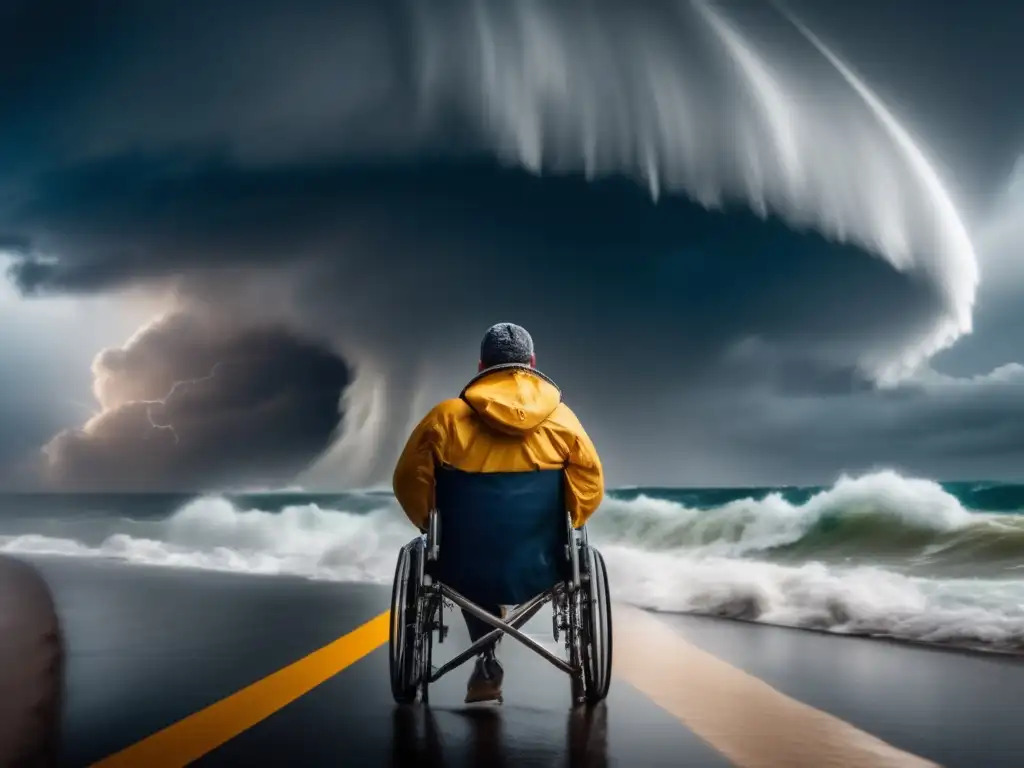
 The Environmental Impact Of Hurricanes And What You Can Do
The Environmental Impact Of Hurricanes And What You Can Do Navigating Roads After A Hurricane: Safety Tips
Navigating Roads After A Hurricane: Safety Tips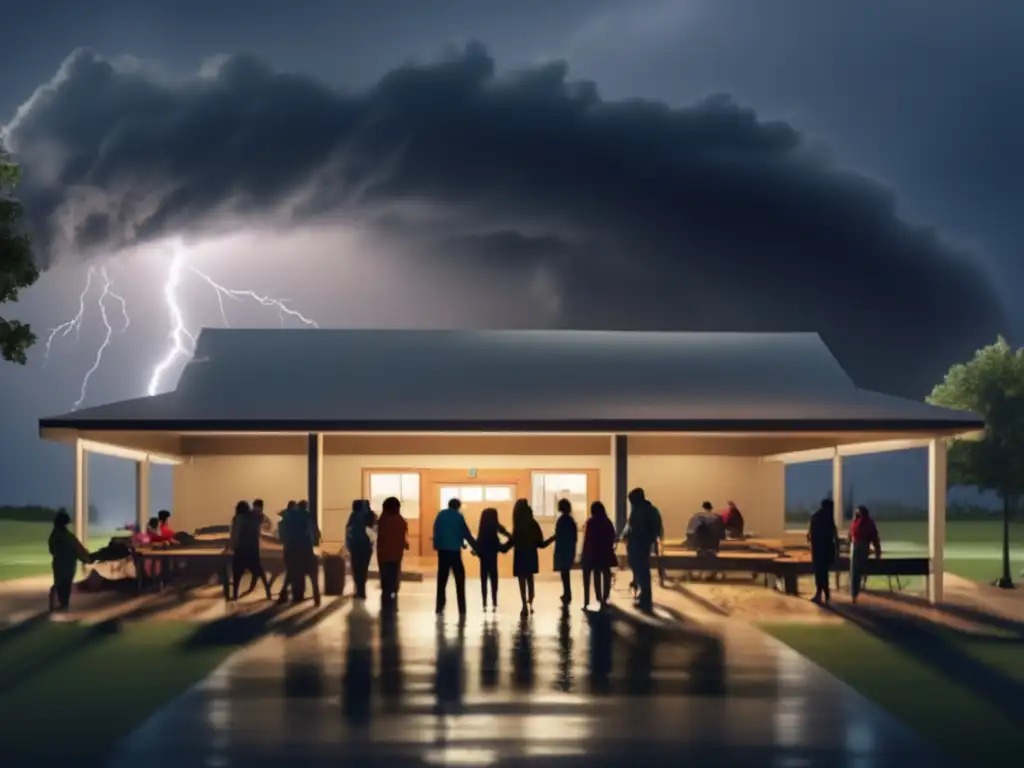 The Vital Role Of Community Centers During Hurricanes
The Vital Role Of Community Centers During HurricanesIf you want to discover more articles similar to Safety Protocols For People With Disabilities During A Hurricane, you can visit the During the hurricane: category.
Leave a Reply

Articulos relacionados: